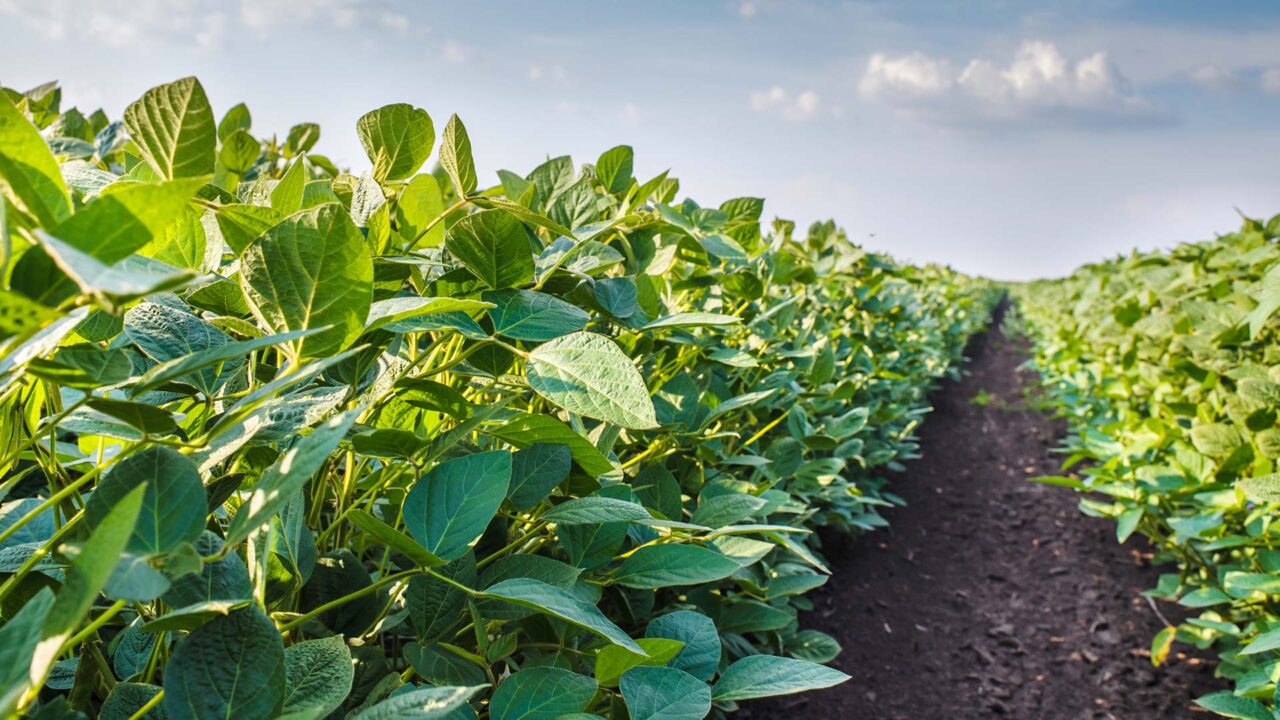SLIDESHOW: Top 10 Agribusiness Friendly States
A study recently released by Colorado State University is believed to be the first attempt to create a business friendliness index that is focused on the agriculture sector.
-
-
1 of 10
#1. South Dakota
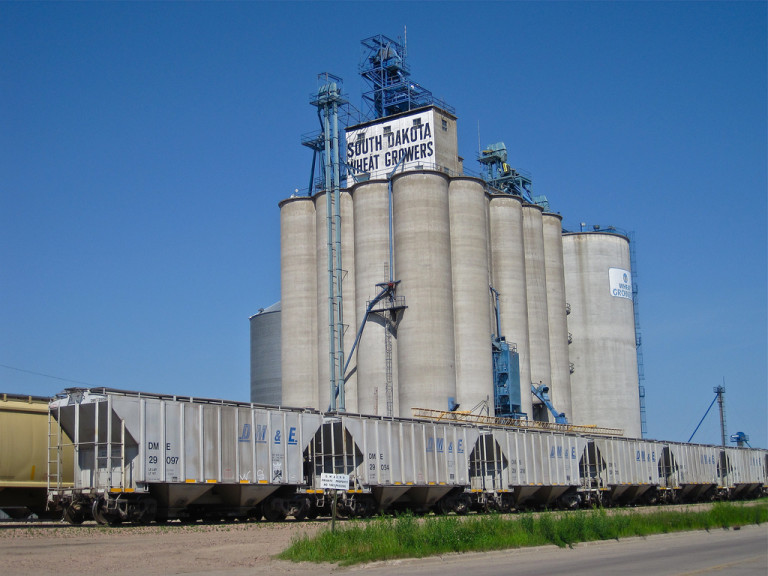
According to USDA NASS data, South Dakota producers are first in the nation in planting genetically engineered varieties of corn (95%) and soybeans (98%). Pictured is South Dakota Wheat Growers in Aberdeen, SD. Photo credit: Robby Virus/Flickr
-
2 of 10
#2. New Hampshire
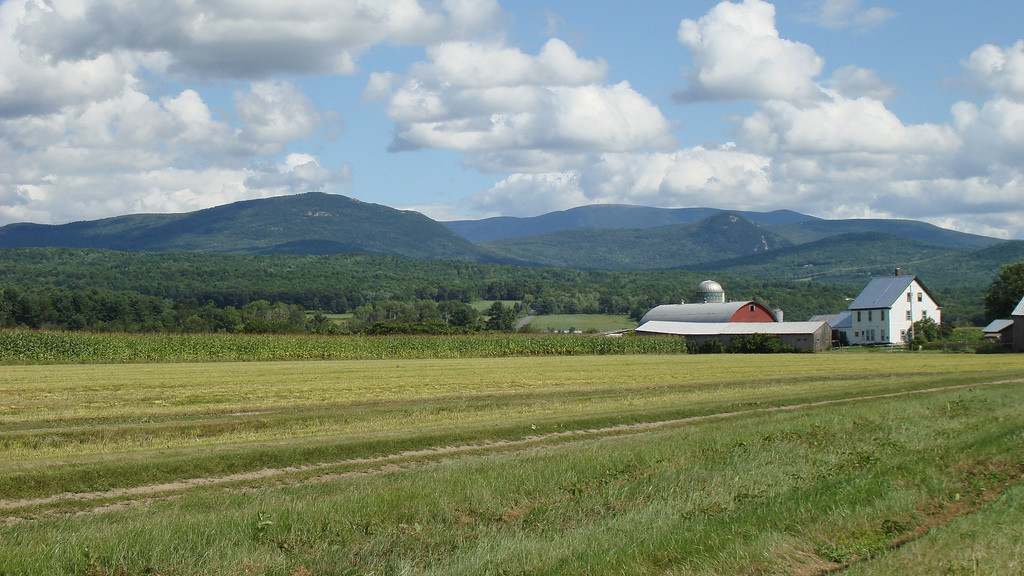
Dairy products and greenhouse and nursery products are among the Granite State’s top agriculture commodities. Photo credit: Alexosh1234/Flickr
-
3 of 10
#3. Wyoming
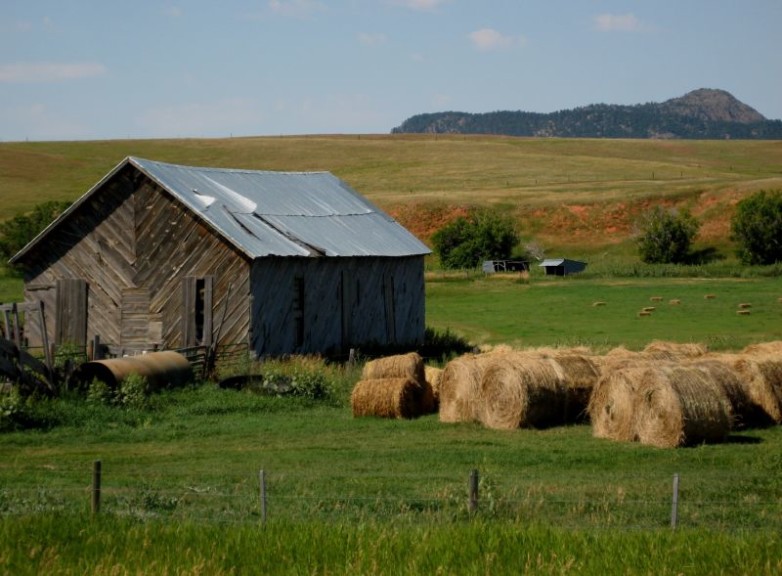
According to Wyoming Agriculture Statistics 2012, The Cowboy State has nearly 30.169 million acres of land used for production agriculture. Photo credit: RoamingBarbara/Flickr
-
4 of 10
#4. Colorado
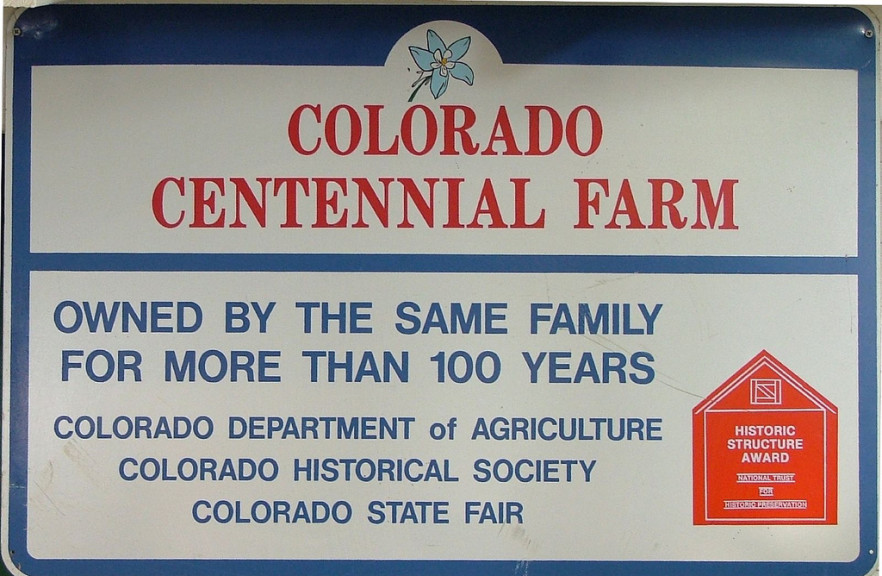
According to the Colorado Farm Bureau, Colorado's agriculture sector provides more than 173,000 jobs and contributes more than $40 billion to the state's economy annually. Photo credit: Jeffery Beall/Flickr
-
5 of 10
#5. Kansas
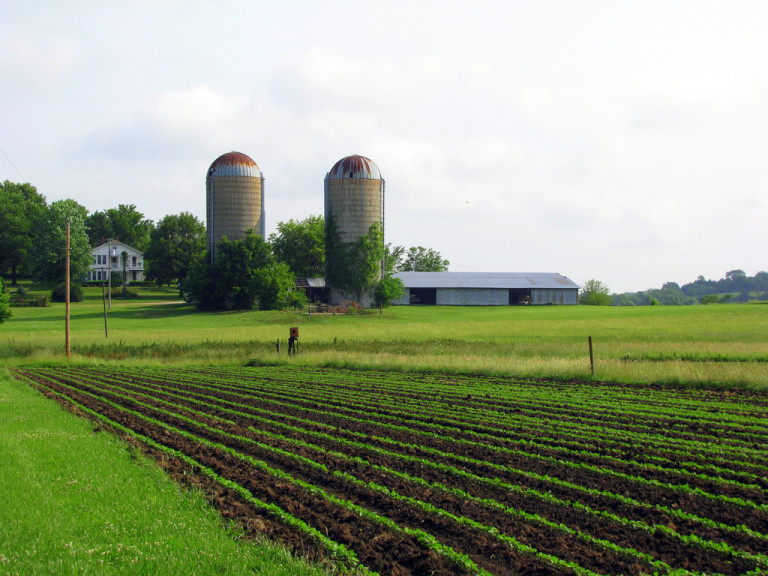
According to the Kansas Department Of Agriculture, agriculture accounted for approximately 19% of the state’s GDP and directly employs approximately 17% of the labor force — that’s nearly one in five jobs in Kansas. Photo credit: Dearing/Flickr
-
6 of 10
#6. Utah
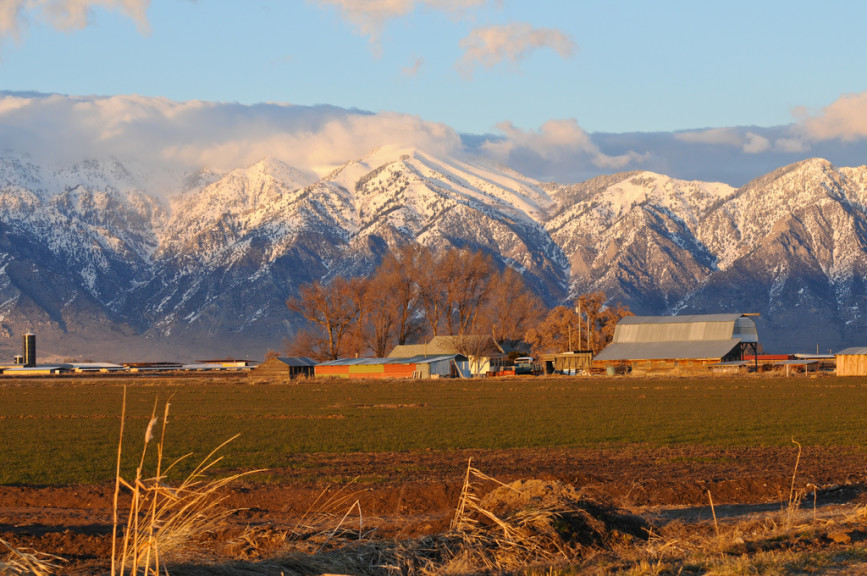
Utah grows barley, wheat, dry edible beans, potatoes, onions and corn. Crop production accounts for 35%, or $527 million, in farm cash receipts. Photo credit: Robinsegg/Flickr
-
7 of 10
#7. Vermont
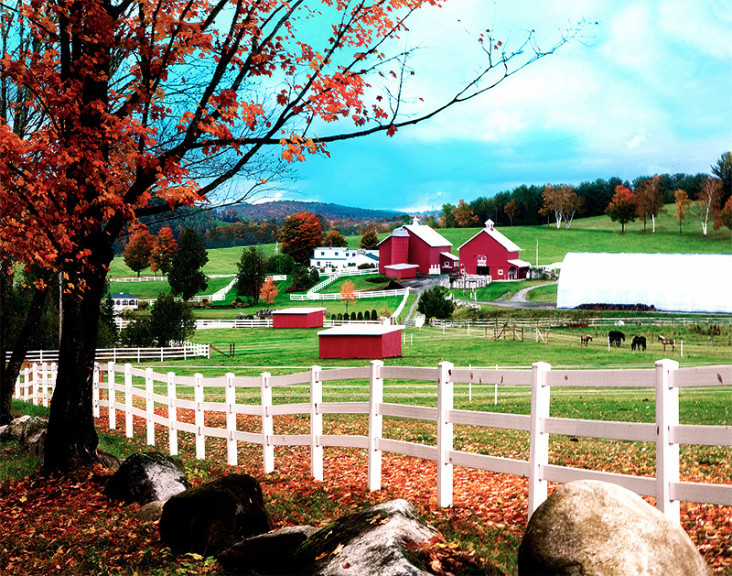
Vermont produces a wide variety of crops including corn, hay, maple syrup, fruits and vegetables. Dairy represents about 72% of Vermont's total agricultural economy. Photo credit: Rick Baker/Flickr
-
8 of 10
#8. Massachusetts
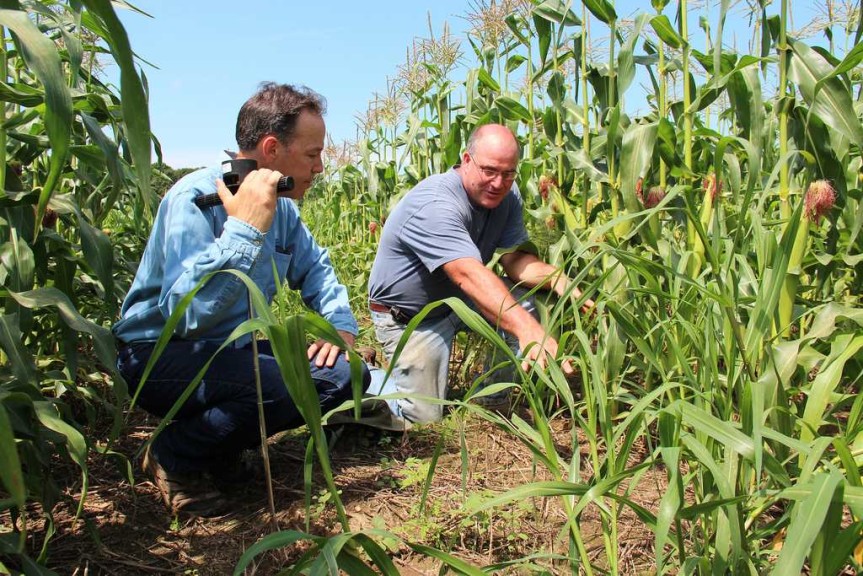
More than 80% of Massachusetts’ 7,700 farms are family-owned operations. Pictured is no-till sweet corn at Ward's Berry Farm in Sharon, MA. Photo credit: Diane Petit, USDA NRCS Massachusetts
-
9 of 10
#9. Alaska
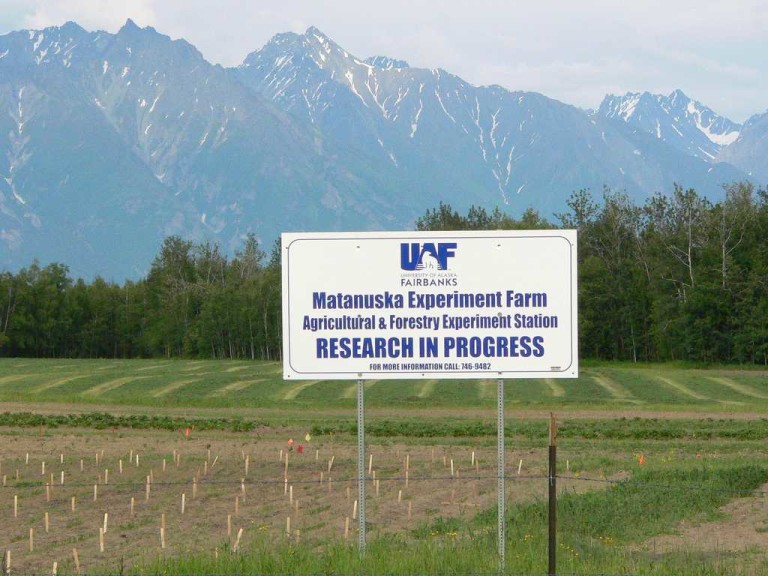
There are only about 500 farms in Alaska, most clustered in the 880,000-acre Matanuska Valley northeast of Anchorage. Pictured is Matanuska Experiment Farm near Wasilla, AK. Photo credit: MS.Fire
-
10 of 10
#10. Washington
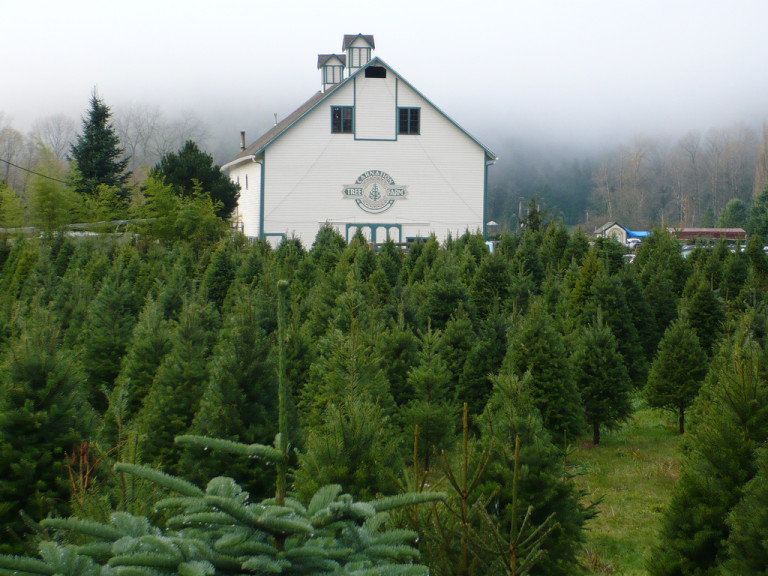
Washington's 39,500 farms power a diverse agricultural economy, led by the state's apple industry with 70% of U.S. production. Photo credit: Larry Hinze/Flickr
View all
#1. South Dakota
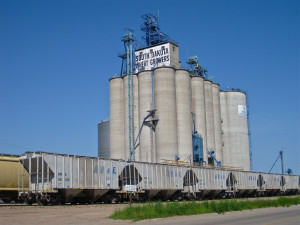
#2. New Hampshire
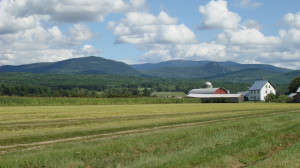
#3. Wyoming
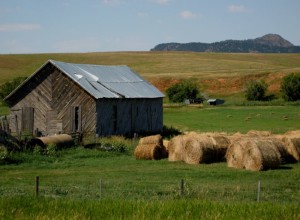
#4. Colorado
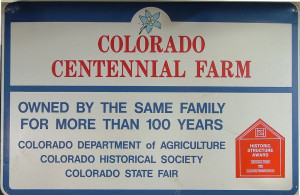
#5. Kansas
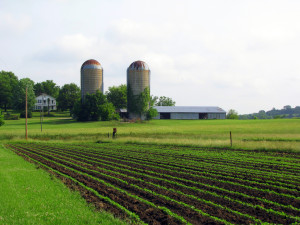
#6. Utah
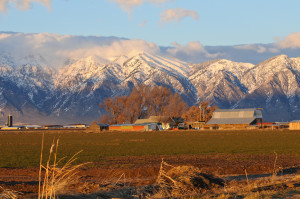
#7. Vermont
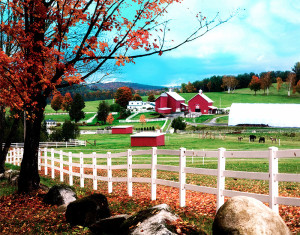
#8. Massachusetts
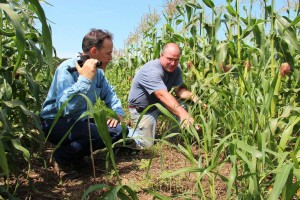
#9. Alaska
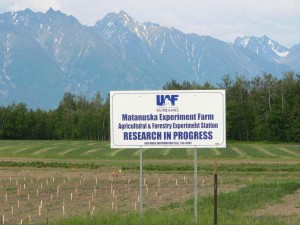
#10. Washington
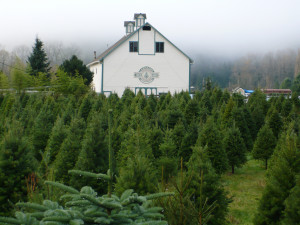
CSU professors Greg Perry and James Pritchett developed the Agribusiness Friendliness Index to describe the economic climate for agriculture, which is impacted by climate, local and state government policies, geography and other factors more than other business sectors.
The index is based on 38 different variables, representing regulatory policy, tax policy, government efficiency, impact of key government services, and the overall state business climate. It follows the methodology of other key indexes like the State Business Tax Climate Index. The overall index is subdivided into four separate indices: Agricultural Inputs (such as fertilizer, chemicals and equipment); Crop, Fruit and Vegetable Production; Meat and Livestock Products; and First Level Agricultural Processing (such as meat slaughter, milk processing and milling).
View the slideshow above to see a list of the top 10 agribusiness friendly states based on the Agricultural Inputs index.
SOURCE: Colorado State University news release
Subscribe Today For

Grassi is Field Editor for CropLife, CropLife IRON, and PrecisionAg magazines. He joined the staff in February 2012. See all author stories here.



